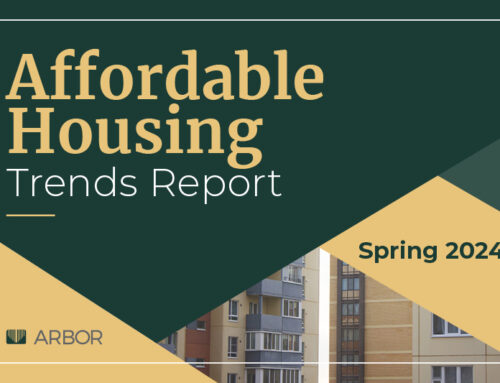The rise of green roofs, overall apartment performance and increasing monthly rents are covered in this week’s news highlights. First, National Apartment Association examines Denver’s decision to pass an initiative that requires new and existing buildings to add green spaces to rooftops. Next, RealPage states that many of the nation’s largest markets have outperformed historic norms, and this trend is expected to continue. Arbor Chatter reveals that ongoing inventory consolidation in multifamily is leading to higher quality assets as well as steady increases in small apartment rents. Then, MBA names leading markets for commercial real estate investment, including Seattle, Atlanta and Austin. Finally, Harvard JCHS provides a glimpse of housing market conditions in the U.S. over the last 30 years.

Green Roofs Coming to a City Near You
National Apartment Association – June 18, 2018
“Denver recently passed its Green Roof Initiative requiring new and existing buildings to add green spaces to rooftops.
How Has Apartment Performance in the Current Cycle Stacked Up to Prior Years?
RealPage Analytics – June 19, 2018
“Many of the nation’s largest markets have outperformed historic norms a trend expected to continue for the foreseeable future as structural economic and demographic drivers remain strong.”
US Small Apartment Properties Show Steady Increase in Average Monthly Rents
Arbor Chatter – June 18, 2018
“The current consolidation in the multifamily market, characterized by steady large building inventory expansion and a slight contraction in small building units, is helping retain better performing assets with higher rents.”
Seattle, Atlanta, Austin Lead Metros for CRE Investment
Mortgage Bankers Association – June 21, 2018
“Situs RERC surveyed institutional investors about the value of CRE assets compared to their prices for different markets and property types across the country.”
The State of the Nation’s Housing 2018
The Harvard Joint Center for Housing Studies – June 19, 2018
“As we mark the 30th anniversary, this year’s report not only examines recent trends, but assesses whether and how key metrics have changed over the last three decades.”







